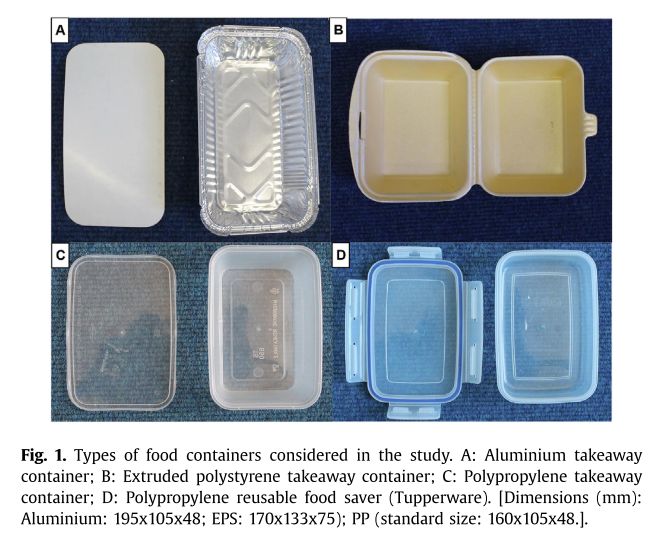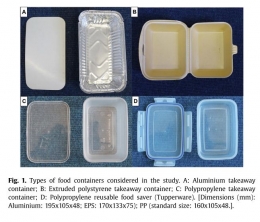The Indonesian government has extended restrictions on community activities (PPKM Level 4) to 16th August 2021 in all Java and Bali and several areas in Sumatera, Kalimantan, Sulawesi, and Papua following the high increase of Covid-19 cases.
Furthermore, an additional 20-minute dine-in meal rule during PPKM level 4 makes everyone consider having takeaway foods, especially with the work from home rules applied for most of the offices. Online food delivery is the best answer in terms of practicality and, of course, health safety.
The Covid-19 pandemic has changed many aspects of our lifestyle, specifically, our dining behavior. For example, enjoying leisure time eating in a restaurant with your family or friends without fear of Covid-19 transmission is no longer optional.
Instead, it is online delivery now. Correspondingly, Food Delivery Platforms even reported growth acceleration, precisely in South East Asia (SEA), of which Indonesia is one of the three largest food delivery markets in SEA, contributing around US$3.7 billion in GMV (Gross Merchandise Value) in 2020.
However, one particular environmental concern has risen with the tremendous increase of online delivery; the considerable amount of food packaging or containers and how to handle it.
The issue of plastic pollution has been around us for ages, and this Covid-19 pandemic has only made it worse. Gallego-Schmid et al. (2019) studied the life cycle impacts of the most commonly used takeaway food containers, which are aluminum, polypropylene (PP), and extruded polystyrene (EPS).
They found that single-use polypropylene containers have more significant negative impacts, including global warming, followed by aluminum containers, which have a role in the depletion of the ozone layer and human toxicity. Meanwhile, extruded polystyrene container was considered the best option among the others.
EPS has 7 to 28 times lower negative impact than the aluminum container and is six times better than the PP container. This is attributed to the lower energy used in the production of EPS than aluminum and less time used to produce EPS compared to PP containers.
However, many are debating the potentially harmful impact of EPS containers, including food safety, low degradability, and its contribution to microplastic pollution to the marine environment.
Another example material for takeaway containers is paper-plastic laminates (PPL), commonly used for paper cups and paper bowls (Changwichan and Gheewala, 2021). The containers are mostly made from paper with thin plastic film coating at the interior of the container for retaining the liquid or food.
However, similar to other materials explained above, PPL containers can not be recycled effectively. Moreover, a study by Ranjan et al. (2021) found that the PPL container generates microplastic when exposed to hot water. Another disturbing fact delivered by Foteinis (2020) is that the PPL container has a massive carbon footprint of 75 kilotons of CO2 equivalents, equal to car manufacturing.
Several studies have been conducted to identify the distribution of microplastic in Indonesia. Lestari et al. (2020) found that low-density polyethylene, propylene, and polyethylene were the most commonly found polymer types of microplastic found in the Surabaya River. Cordova and Hernawan (2018) identified four dominated categories of plastic polymers found in Sumba waters, East Nusa Tenggara, namely Polyethylene (PE), Polystyrene (PS), Polyamide (PA) and Polypropylene (PP), of which PE was the most common dominated polymer type, followed by PP, PS, and PA. Firdaus et al. (2020) investigated the abundance and characteristics of microplastics (MP) in the sediment of Jagir estuary and Wonorejo coast, Surabaya, Indonesia. The MP particles consisted of polyester, low-density polyethylene, and polypropylene.
From the explanation above, it can be said that the increase in single-use takeaway food containers in this pandemic is a hidden environmental threat for the world. Therefore, we should take waste management for takeaway food more seriously. It is crucial to find a strategy for the post-Covid 19 pandemic scenario to minimize its impact in the future.
Basically, there are four parties involved in handling the container wastes and can actively solve this waste problem. First, users can choose to start disposing of our food waste container wisely by emptying our leftover food from the container to make it easier to recycle. Second, the restaurant.
Currently, restaurants may find it challenging to prioritize sustainability practices as they struggle to survive during this pandemic (Janairo 2021). However, there is progress, as we can see that many restaurants have suggested the option not to include plastic cutlery utensils to the user, and more restaurants have used more eco-friendly material for the containers. Third, the scientist.
The issue of biodegradable material for food packaging has been around even before the pandemic began. Therefore, scientists have been trying to find the best alternative material that poses less harmful impacts on the environment and human health.
And finally, the most significant role hold by the government. In their report, Li et al. (2021) suggested that the key performance of successful waste management lies in the recycling infrastructure and the speed growing of food online delivery in a country.
Similarly, Camps-Posino et al. (2021) performed a life cycle assessment and found that increasing the recycling rate would reduce the emission of single-use food containers and also replacing the material with the recyclable component can decrease even more than 50% emission. Therefore, the government must start improving and developing a dynamic infrastructure, specifically in the recycling facilities, following the current pandemic condition.
Furthermore, more investment and supports to the research activities regarding the search for bio-based and biodegradable material to substitute plastic-based material should be increased.
Moreover, the government should also promote the use and disposal of used food containers more aggressively to increase public understanding of the importance of protecting the environment and conducting sustainability practices.
Follow Instagram @kompasianacom juga Tiktok @kompasiana biar nggak ketinggalan event seru komunitas dan tips dapat cuan dari Kompasiana. Baca juga cerita inspiratif langsung dari smartphone kamu dengan bergabung di WhatsApp Channel Kompasiana di SINI







